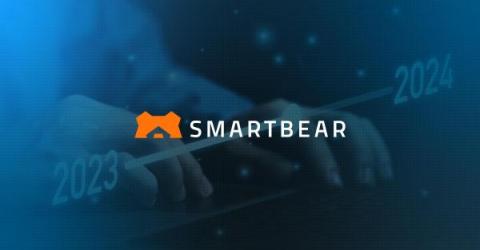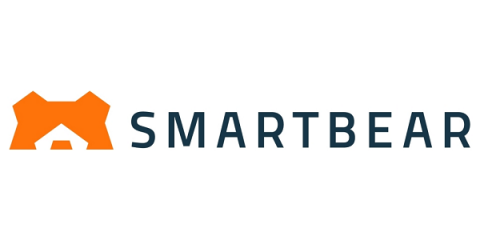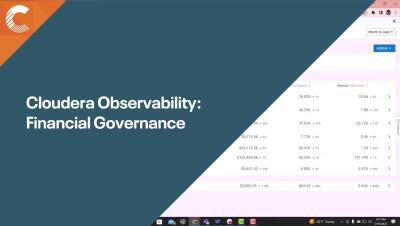Observability 2.0-How do we get there? Yes, there is a way to level up: logs. #QATherapyPodcast
Logs have the power to preserve relationships between metrics, giving you deeper insights and a clearer picture of what’s happening in your system. Want to move from Observability 1.0 to 2.0? Start by making your logs work smarter. Watch the full QA Therapy episode to learn more!









